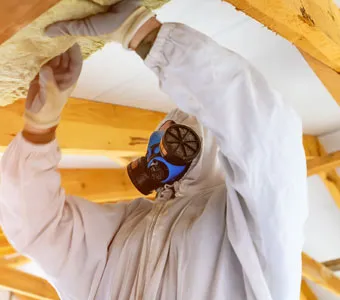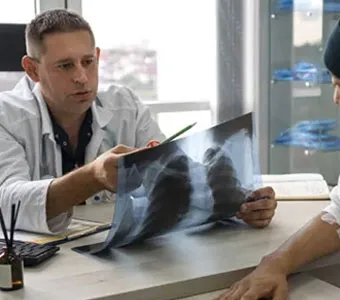Video allows asbestos victim to talk to jury after he died
In a trial that may have implication for people in North Carolina who suffer from asbestos exposure, a mesothelioma victim in Illinois made a video recording of his deposition testimony. The video was then played for the jury during the trial in his case.
The plaintiff had served as a machinist’s mate in the Navy for eight years. Most of his service time was spent in the engine rooms of the ships that he served on, and he spent much of his time repairing machinery. Much of the repair work involved replacing sealants that contained asbestos and scraping surfaces to which asbestos-containing gaskets had been glued. He testified that the repair manuals that he was required to follow specified the use of asbestos-containing parts as replacements. The manuals bore the names of various manufacturers of asbestos products.
This case demonstrates one of the many ways to personalize testimony for the jury. While the testimony of the plaintiff’s family and physicians are undoubtedly helpful, the greatest impact is derived from the appearance of the victim. Even if the victim appears only on a video recording, the jury can see for themselves the ravages of the illness, such as extreme weight loss, weakness and pain, in ways that cannot be presented by verbal testimony.
A visual image – especially a video recording with sound – will have a powerful impact on the jury because most people are accustomed to absorbing information from visual sources. The right trial strategy will derive maximum persuasive effect from such evidence.
Source: Legal Newsline, “Jurors hear late mesothelioma victim’s testimony in Madison County trial,” Heather Isringhausen Gvillo, Feb. 24, 2014







